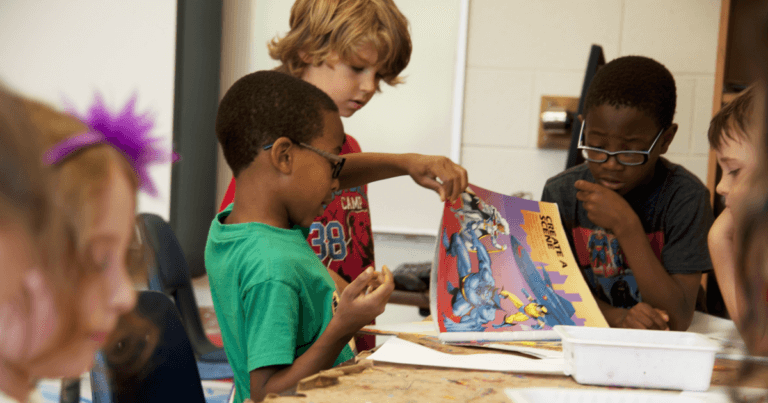The author’s views are entirely his or her own and may not always reflect the views of Reverb.
While distance learning is an educational delivery method for some, it is not for all.
Not all students are wired to learn in this manner. Most of the students who attend our university are clamoring to come back to campus. They enjoy the face-to-face instruction from professors and class dialogue with classmates.
Even though distance learning can offer synchronous virtual classroom experiences, students miss the nuances of non-verbal cues and facial expressions, all critical aspects of communication.
Zoom and other online synchronous platforms do not allow for multiple voices to be heard simultaneously, as often happens in on-ground instruction.
Part of the educational experience, especially in liberal arts institutions, is the character development and growth that happens both inside the physical classroom and outside in residences halls, through student leadership roles and organizations, and athletics.
Still, the landscape of education is changing, and distance learning’s increasing popularity will force the over 5,300 colleges and universities in the United States to change how they operate.

Being competitive
Colleges everywhere now need to be competitive with the less expensive and faster-paced online programs. Students not wanting to rack up thousands of dollars in debt are looking for these other programs, and major organizations are accepting them.
A few years ago, while doing humanitarian work in Puerto Rico, I met a group of students from California. They weren’t on vacation, they were nursing students at Inter American University in San Juan. Why? Because it cost significantly less than nursing programs in their home state.
Online universities such as Western Governors University (wgu.edu) offer self-paced programs and a reliable support system with program mentors. This pedagogy is well suited for students who work full-time jobs, have significant travel schedules, want to earn their degree quickly, like competency-based education, and resonate with WGU’s core values of being student obsessed. And they are! I’ve spoken with employees and students—all of them without exception—have stated how amazing the experience is.

Here to stay, but in what capacity?
Supportive programs like WGU, which do not measure by grades but by mastering competencies, and offer student-centric support, will likely be here for the long haul.
Distance learning has its challenges, which is why it is unlikely to completely replace traditional on-ground programs, though still remain part of the permanent landscape.
It takes a certain personality and learning style to stay motivated and complete distance learning programs. Students who process information externally likely prefer face-to-face instruction where they can dialog in real-time and with real people—not AI, and not asynchronously.
In a conversation with a junior Theological Studies major, she indicated she prefers in-person education because of the conversations with classmates and the relationships she’s able to build with them. Experiencing distance learning in the Spring of 2020, she felt it was difficult to cultivate rich discussions and robust relationships despite having threaded discussions and a chatbox.
For this woman, developing authentic relationships and vulnerable dialog is best done face-to-face.
This is why blended education is looking to be the real future.
If the eyes are the gateway to the soul, perhaps being present and in person has something of value and a steady place in the industry of education.





